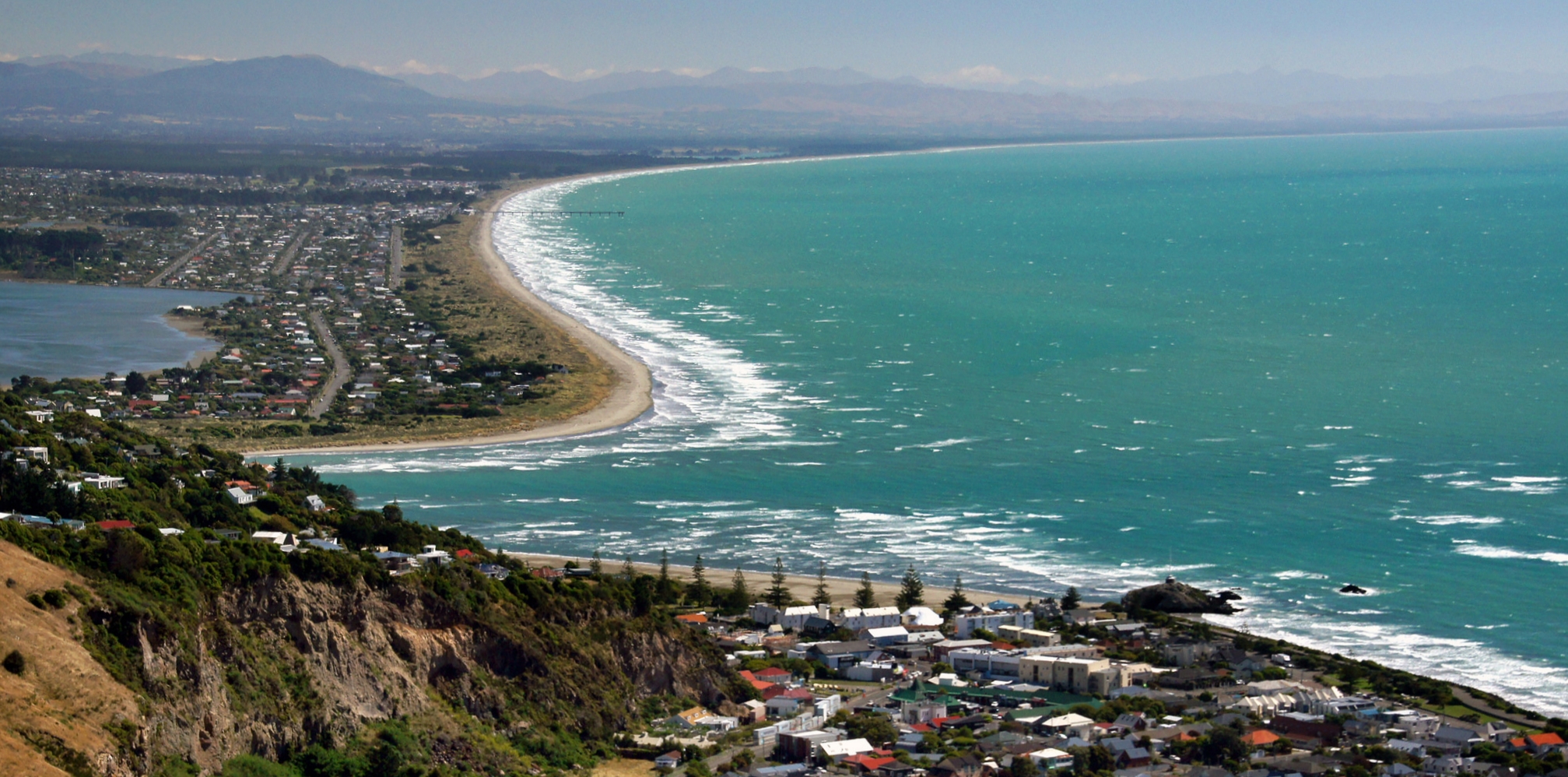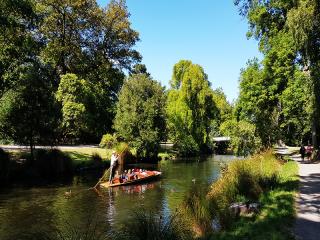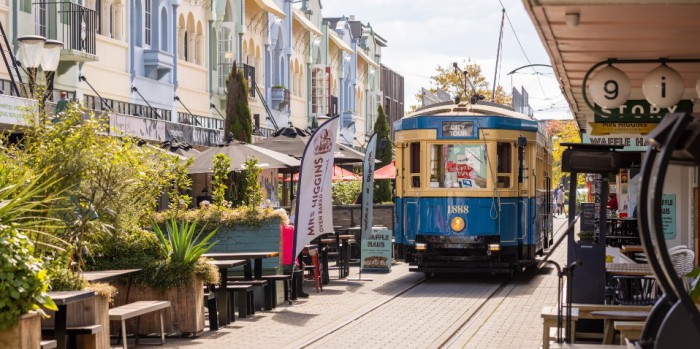Christchurch, New Zealand - the City that shines
**Christchurch** is the largest city in the South Island of New Zealand with a population of approximately 420,000.

Christchurch lies on the east coast between the sandy beaches of Sumner and Brighton, the bays and bush clad valleys of Banks Peninsular and the river-braided patchwork of the Canterbury Plains, which stretch westwards towards the tallest mountains in New Zealand, the Southern Alps.
Christchurch is a city of contrasts. Said to be the most English city in New Zealand, Christchurch also buzzes with cosmopolitan energy. It has a genteel old world charm and one of the most high-energy high technology sectors in New Zealand. It is a flat city stretched out below the volcanic crags of the Port Hills. In Christchurch you can surf in the morning and ski in the afternoon - it's just two hours from coast to slopes. Attractions range from a gentle punt on the River Avon or a trundle around the city on a vintage tram, to the glitz and glamour of the first Casino in New Zealand or the buzz of joining the famous one-eyed Canterbury crowd at a new central city Stadium rugby match.
With its 161-hectare green belt of Hagley Park and the Botanic Gardens, and its multitude of vibrant and verdant private gardens, Christchurch has come to be known as the Garden City of New Zealand. The 161-hectare green belt of Hagley Park and the Botanic Gardens is famous around the world and in 1996 Christchurch was acknowledged as the outstanding garden city from 620 international entries. In 1997 Christchurch was judged Overall Winner of Major Cities in the Nations in Bloom International Competition to become 'Garden City of the World'.
The Garden City
Internationally famed 'The Garden City', Christchurch's well-established expansive parks and public gardens owe much to the planning and foresight of the city's founding fathers.

Next to the Avon River
The centrally-located 161 hectare Hagley Park, the Botanic Gardens, the four leafy inner-city avenues, Victoria Square and spectacular gardens such as Mona Vale on the banks of the River Avon bear testimony to this legacy. It is a vision which is embraced and perpetuated today by proud residents right throughout the city.
The Floral and Romance Festival held in February each year is certainly one of the most popular festivals on the annual calendar...a time when the city is a blaze of colour.

History
Maori oral history suggests that people first inhabited the Canterbury area about a thousand years ago.
These first inhabitants were moa-hunting tribes and these were followed by the Waitaha who are thought to have migrated from the east coast of the North Island in the 16th century. This migration was joined by the Ngati Mamoe and Ngai Tahu and continued until about 1830.
The first European landed in Canterbury in 1815, 45 years after Captain James Cook sighted what he named "Banks Island", later found to be a peninsula.
In 1840 the first Europeans settled on the plains and whaling ships were operating out of Lyttelton by 1850.
During 1850-1851 the first organised groups of English settlers, the founders of Christchurch, arrived on the 'first four ships' into Lyttelton Harbour.
Christchurch became a city by Royal Charter on July 31, 1856, making it officially the oldest established city in New Zealand.
In 1893 New Zealand women achieved a first in the world when they won the right to vote. This significant event was honoured in 1993 when the Kate Sheppard memorial, a commemoration to Women's Suffrage was unveiled on 19th September 1993.
Canterbury's economy was built on primary products and Canterbury has long been recognised as living "off the sheep's back". Although its economic beginnings were in refrigerated sheep and dairy meats and in other dairy products, Canterbury now has a diversified regional economy with growth across a range of "new economy" sectors.
Canterbury
.png)
Canterbury Beaches |
There is something different to see and do within one or two hours'drive of Christchurch, in any direction.
To the east lie the open ocean and Banks Peninsula, featuring sheltered bays, sandy beaches, bush clad valleys, rocky coastline and high, wild places. Boating, tramping, a visit to the wineries and the French settlers' harbourside village of Akaroa are key peninsula attractions.
To the west, past fertile plains and braided rivers, are forested foothills and lakes. Beyond them lie the tallest mountains in Australasia, the Southern Alps, strung out parallel to the coastline. Mountain passes with delightful alpine villages break the almost impenetrable divide and deliver the traveller to the west coast. There is a choice of western routes and plenty of ski areas on the way.
A journey north reveals green rolling hills, forests and long, empty beaches, with the whale-watching centre of Kaikoura about 2 hours' drive away, whilst an excursion to the south passes through farmland and crosses two more of Canterbury's pristine rivers, ideal for fishing in, whitewater rafting or kayaking down. Mt Hutt, the premier commercial ski area close to the city, lies to the south west. A day off-piste here gives opportunity for jet boating, fishing, horse riding or a round of golf.
Clearly visitors are spoilt for choice and residents have a superb outdoor lifestyle at their doorsteps.